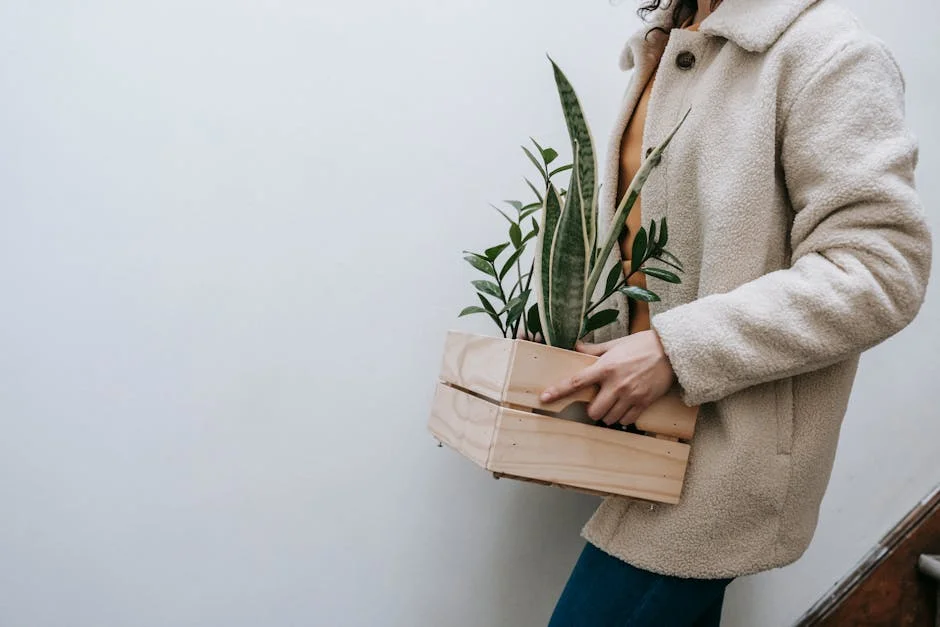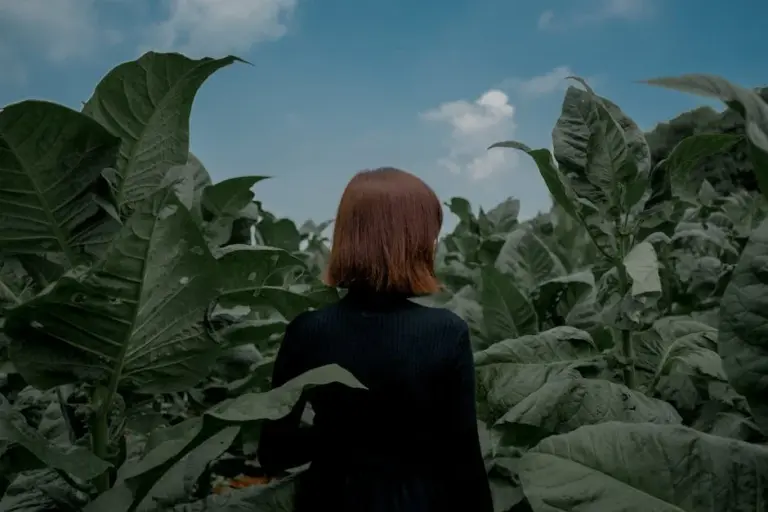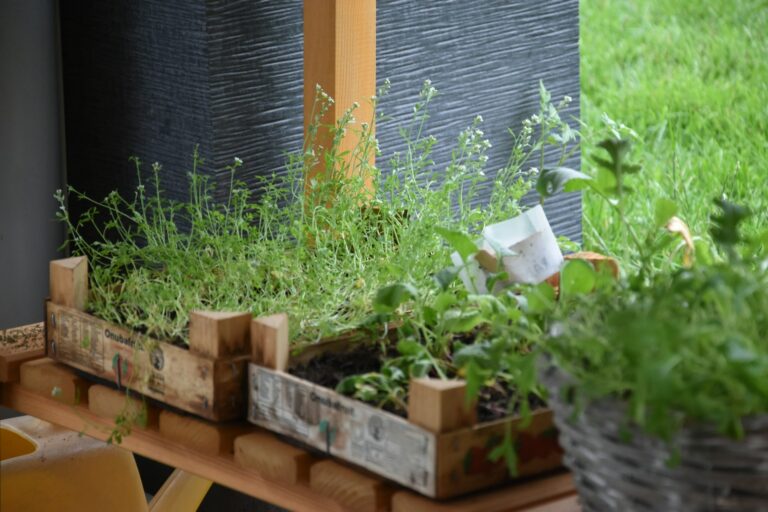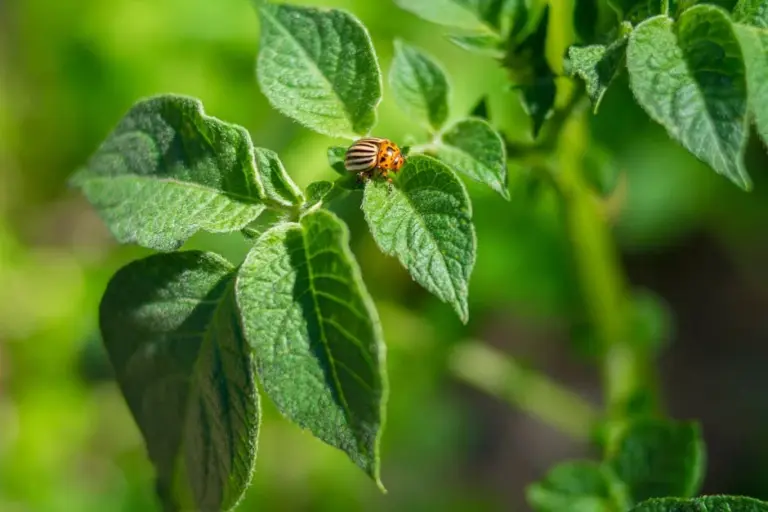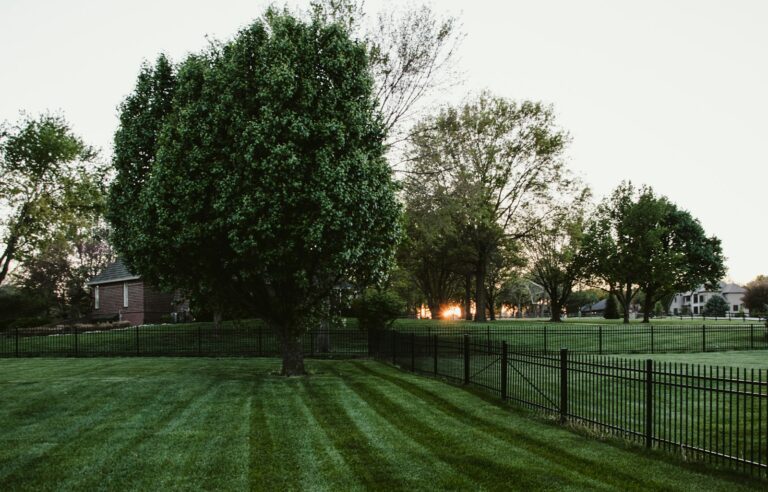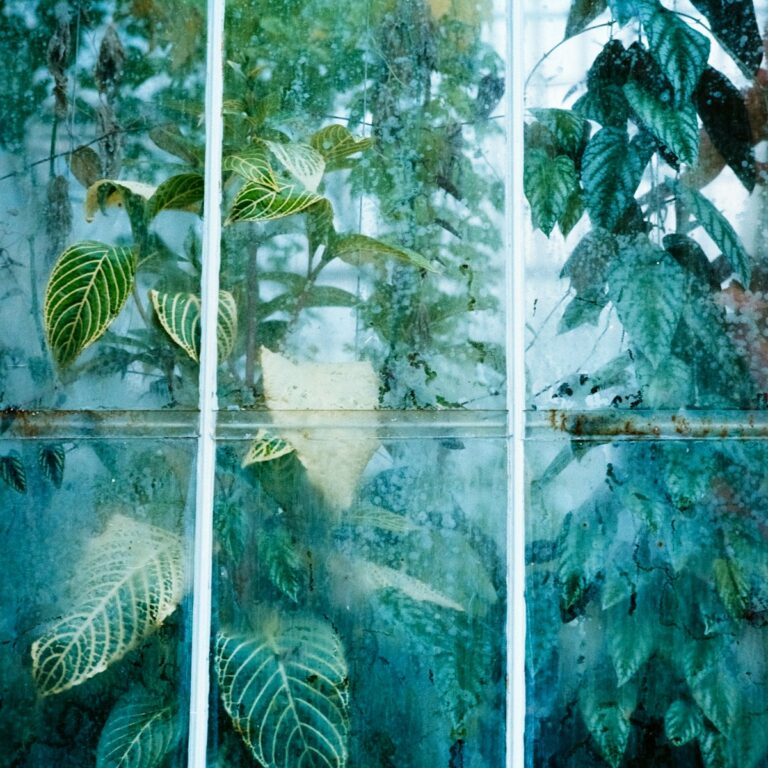How to Transition Your Plants from Indoors to Outdoors with Ease and Care
Moving your plants from indoors to outdoors can be a great way to give them fresh air and more natural light. However, sudden changes in environment can be stressful for your plants, so it’s important to ease them into their new outdoor home carefully.
The key to a successful transition is gradually exposing your plants to outdoor conditions to help them adjust without damage. Taking time with this process ensures your plants stay healthy as they adapt to sunlight, wind, and temperature differences.
Start with hardening off by placing plants outside for 1 hour the first day
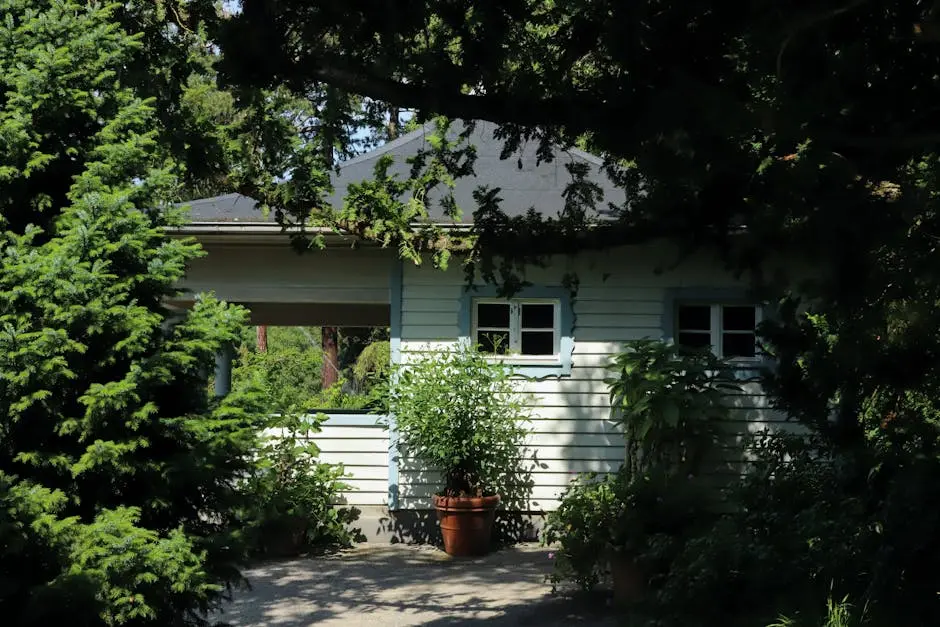
Begin by putting your plants outside in a shaded spot for just one hour on the first day. This short exposure helps them adjust gradually without too much stress.
Choose a calm area protected from wind to keep your seedlings comfortable. Avoid direct sunlight at this stage since it can overwhelm young plants.
After the first hour, bring them back indoors to recover. This gentle start is important for a smooth transition and stronger plants later on.
Gradually increase outdoor exposure over 7-10 days
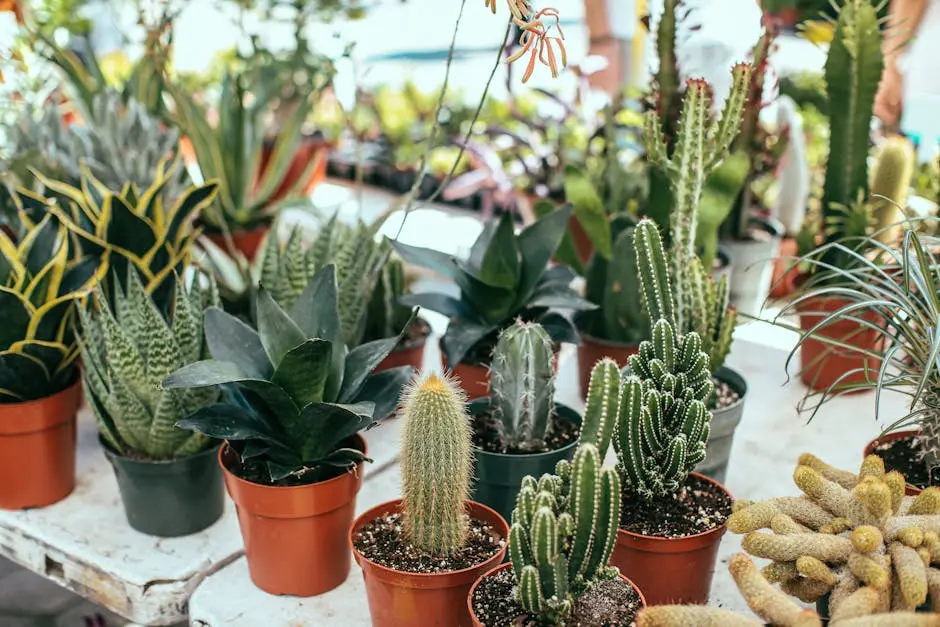
Start by placing your plants outside in a shaded or partially shaded spot. Let them stay there for a few hours the first day to avoid sudden exposure to direct sunlight.
Each day, slowly increase the time your plants spend outside. You can also move them gradually into sunnier areas as they get used to the light.
This gradual process helps your plants adjust to outdoor conditions like wind and temperature changes. It reduces the chance of stress, sunburn, or shock.
By the end of 7 to 10 days, your plants should be comfortable spending full days outside. Keep an eye on their response and adjust if needed.
Choose a shady spot initially to protect from direct sun
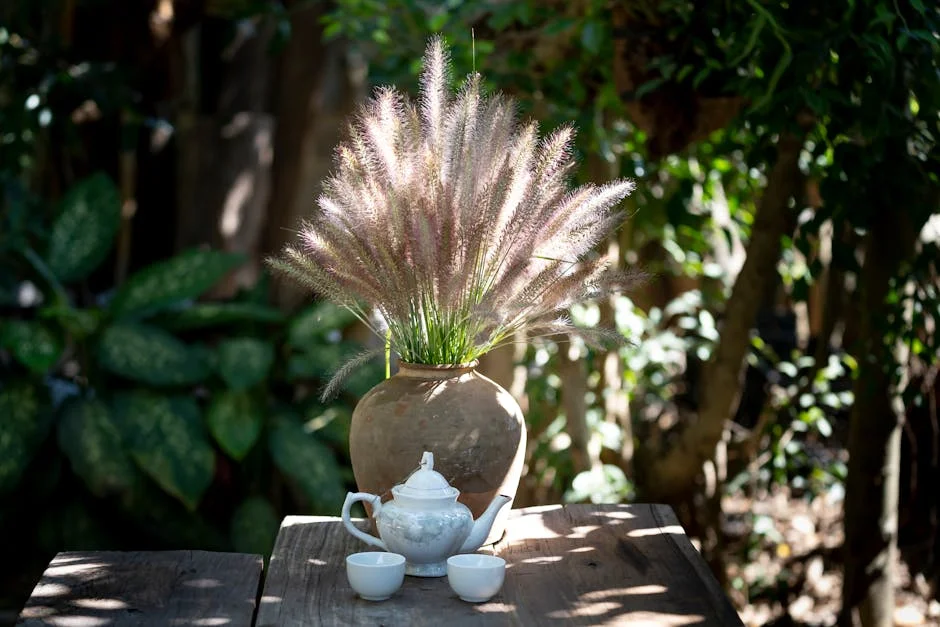
When you first move your plants outside, pick a shady spot. This helps protect them from the strong, direct sunlight they aren’t used to.
Too much sun too soon can cause leaf burn or stress.
A spot with dappled sunlight or indirect light is ideal. It allows your plants to get gentle light while they adjust.
After a few days or a week, you can slowly move them to brighter locations.
This gradual change keeps your plants healthy and happy as they adapt to the new environment.
Avoid moving plants outdoors during extreme weather days
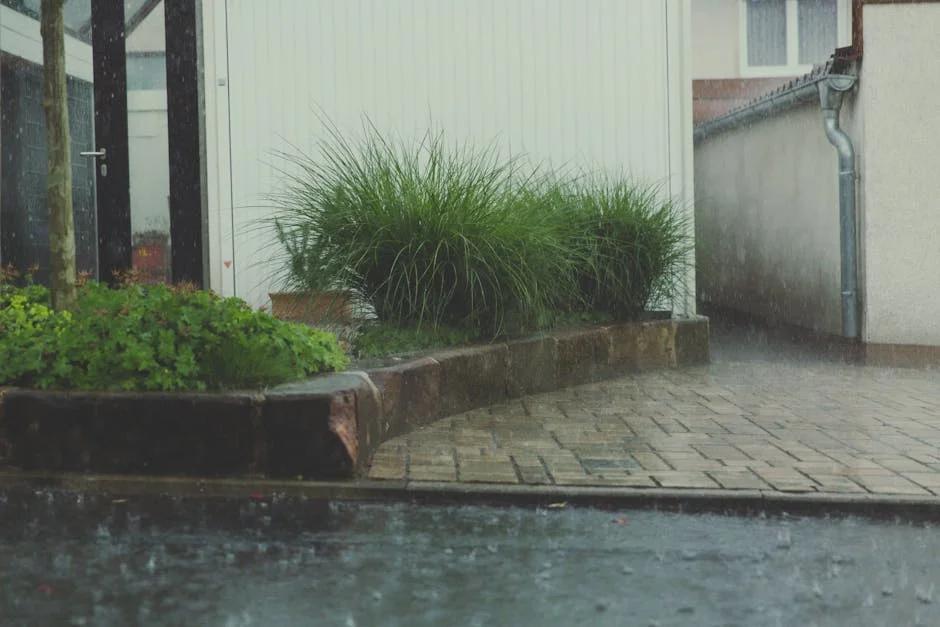
You should avoid moving your plants outside during heatwaves, cold snaps, storms, or very windy days. Extreme weather puts extra stress on plants, increasing the risk of shock or damage.
Choose mild, stable weather instead. Consistent temperatures and gentle sunlight help your plants adjust smoothly.
Moving plants during harsh conditions can cause wilting, sunburn, or slowed growth. Waiting for calm weather ensures your plants have the best chance to thrive outdoors.
Water plants thoroughly before and after moving outside
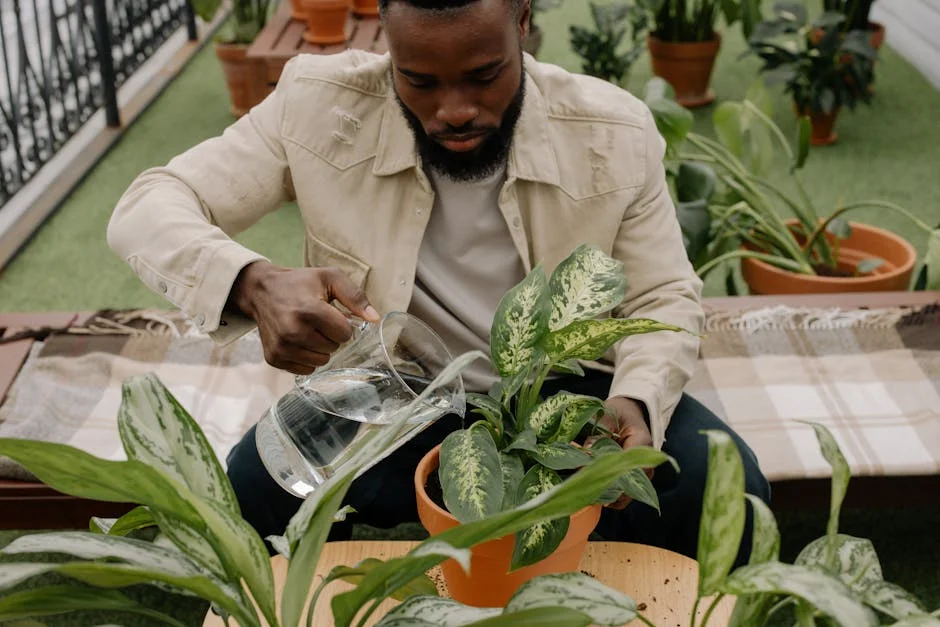
You should water your plants well before moving them outdoors. This helps reduce stress and keeps the roots hydrated during the transition.
After placing your plants outside, water them again to settle the soil around the roots. It also helps your plants adjust to the new environment.
Keep an eye on the soil moisture for a few days. Outdoor conditions can dry plants faster, so consistent watering is key to a smooth transition.
Check outdoor soil and use appropriate outdoor potting mix
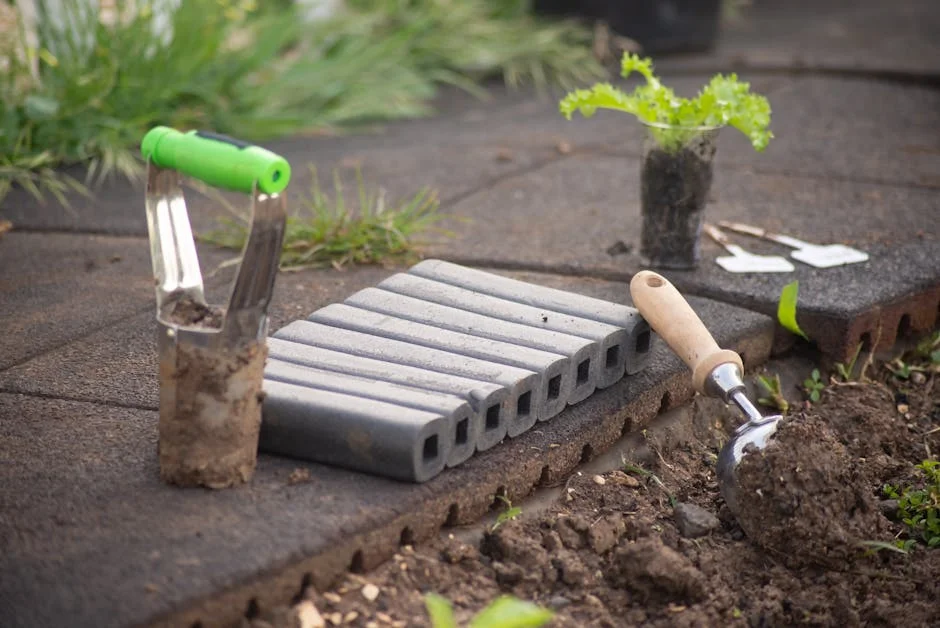
Before moving your plants outside, take a moment to check the soil where you plan to place them. Outdoor soil can vary widely in texture and drainage, affecting how well your plants will grow.
You’ll want to use a quality outdoor potting mix designed for container gardening. These mixes usually have better drainage and airflow compared to indoor soil.
If you’re planting directly in garden soil, consider mixing it with potting mix to improve texture and nutrients. This helps your plants adjust to outdoor conditions and thrive.
Monitor plants for signs of sunburn or dehydration
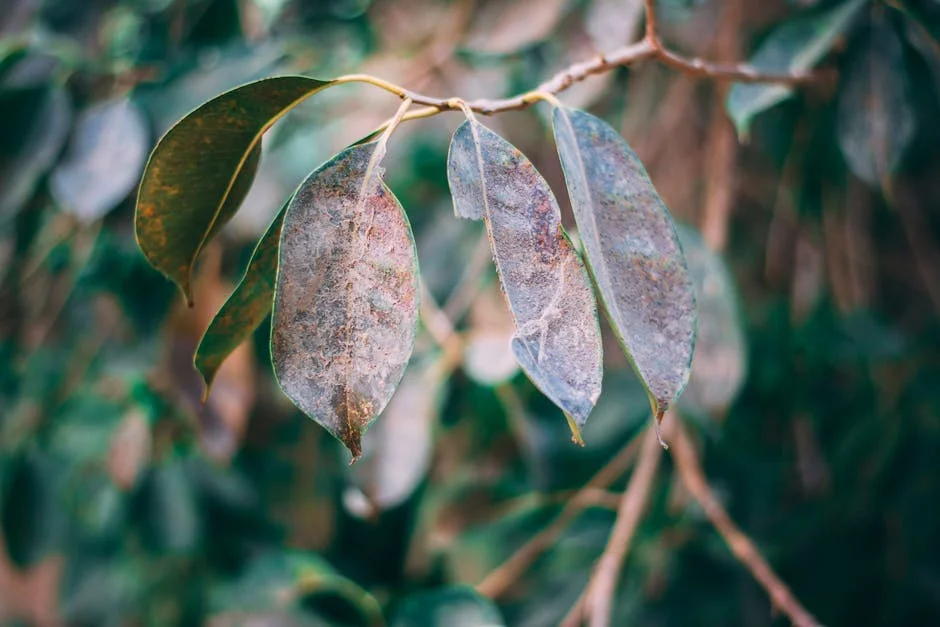
When moving your plants outdoors, keep a close eye on their leaves. Look for pale, white, or brown spots, which can signal sunburn.
Also, check if the leaves feel dry or crispy. This often means your plant needs more water.
Dehydration can make plants wilt or droop. Make sure to water them regularly, especially on hot, sunny days.
If you notice sunburn, try moving your plants to a spot with less direct sunlight. Gradually increase their sun exposure to help them adjust.
Bring sensitive plants indoors at night if temperatures drop
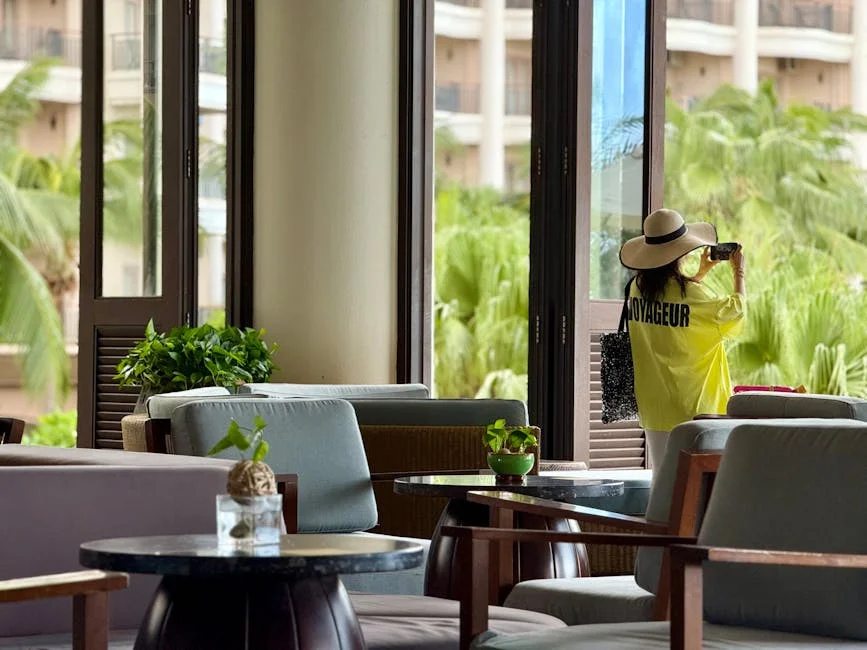
If nighttime temperatures near or fall below 50°F (10°C), it’s best to bring your sensitive plants indoors. Many tropical and subtropical plants can get stressed or damaged by cold nights.
Moving them inside during colder nights helps protect tender leaves and roots.
You can place them near a window with good light to keep them comfortable.
Check the weather forecast regularly in early spring or fall. That way, you’ll avoid sudden cold snaps.
Once warmer night temperatures are consistent, you can leave your plants outside overnight again. This helps them get used to outdoor conditions little by little.
Watch out for pests that may harm your newly moved plants
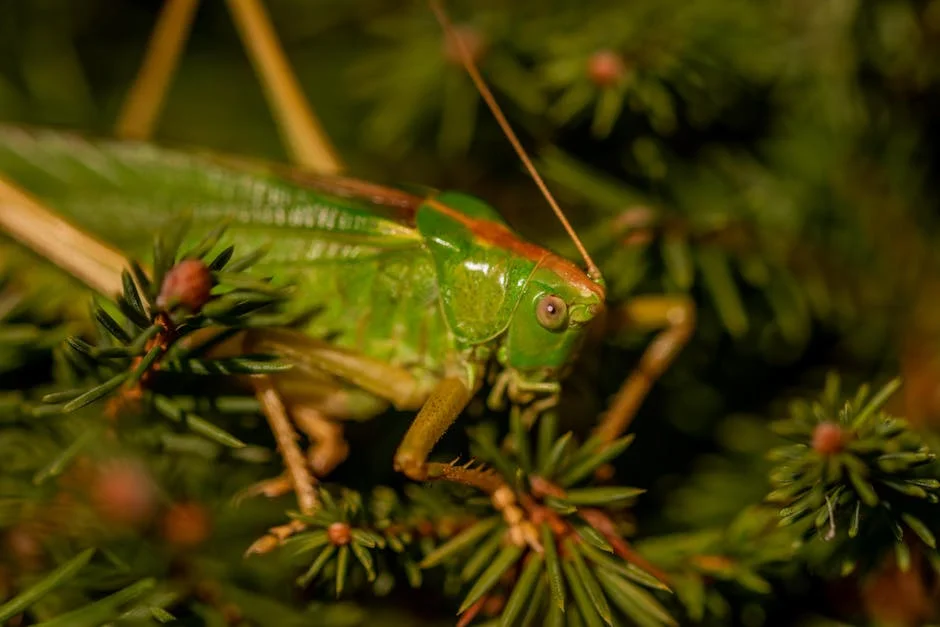
When you move your plants outdoors, keep a close eye on them for signs of pests. Insects like aphids, spider mites, and scale can quickly settle on leaves and stems.
Check both the tops and undersides of leaves regularly. Look for small bugs, webs, sticky spots, or yellowing leaves that might signal an infestation.
Act quickly if you spot pests. Washing leaves gently or using natural insecticidal sprays can help protect your plants without harsh chemicals.
Remember, outdoor environments expose plants to new challenges, so regular inspection keeps your plants healthy and thriving.
Trim dead or yellow leaves before transition
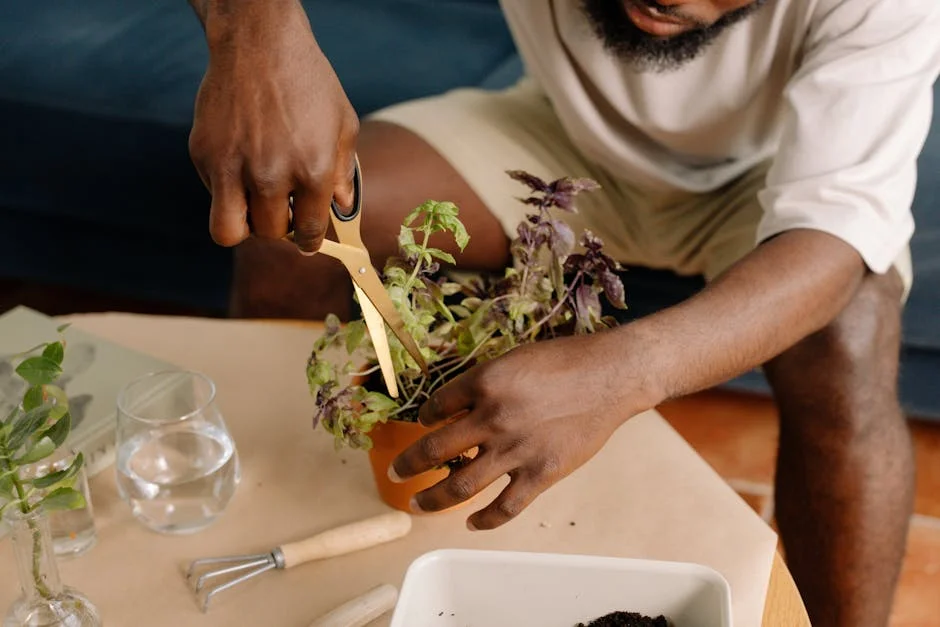
Before moving your plants outside, take a moment to trim any dead or yellow leaves. Removing these leaves helps your plant focus energy on healthy growth.
Dead leaves can also harbor pests or disease, which you want to avoid when bringing your plant into a new environment.
Use clean scissors or pruning shears to carefully snip off damaged leaves close to the stem. This keeps your plant tidy and encourages new, strong leaves to grow once outside.

